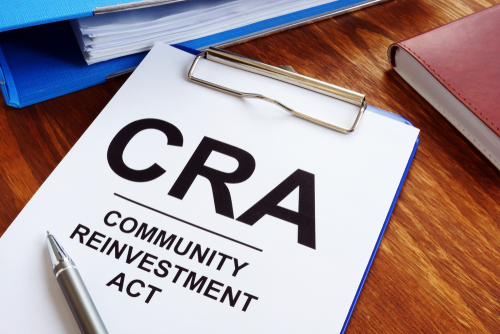The Federal Reserve Board and the Federal Deposit Insurance Corporation released the updated asset-size thresholds to define certain banks under the Community Reinvestment Act (CRA).

Specifically, the regulators adjusted the asset-size thresholds to define “small bank” and “intermediate small bank.” The updates are based on the average change in the Consumer Price Index for Urban Wage Earners and Clerical Workers (CPI-W), which is a measure of inflation.
Due to an 8.6 percent increase in the CPI-W for November 2022, the definition of a small bank is an institution that, as of Dec. 31 of either of the prior two calendar years, had assets of less than $1.503 billion. Further, the definition of an intermediate small bank is an institution with assets of at least $376 million and less than $1.503 billion as of Dec. 31 of either of the prior two calendar years.
The CRA regulations establish the framework and criteria by which the relevant agencies assess a financial institution’s record of helping to meet the credit needs of its community, including low- and moderate-income neighborhoods. Further, financial institutions are evaluated under different CRA examination procedures based on their asset-size classification. For example, banks meeting the small and intermediate small bank asset-size thresholds are not subject to the reporting requirements applicable to large banks unless they choose to be evaluated as a large bank.
These new asset-size thresholds are effective Jan. 1, 2023.